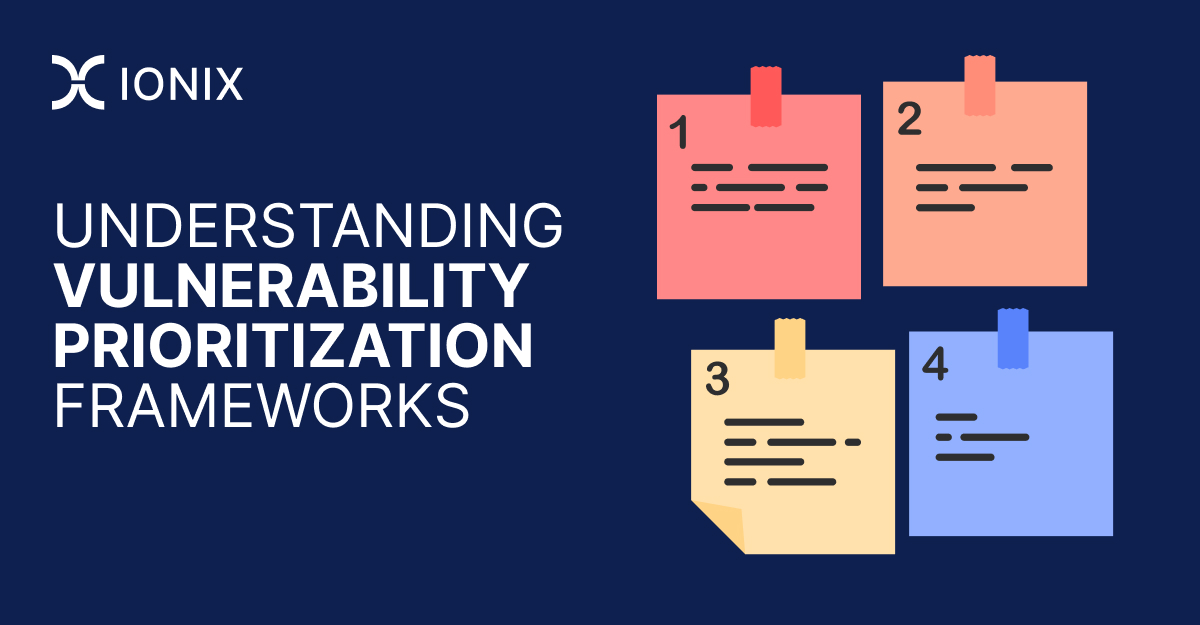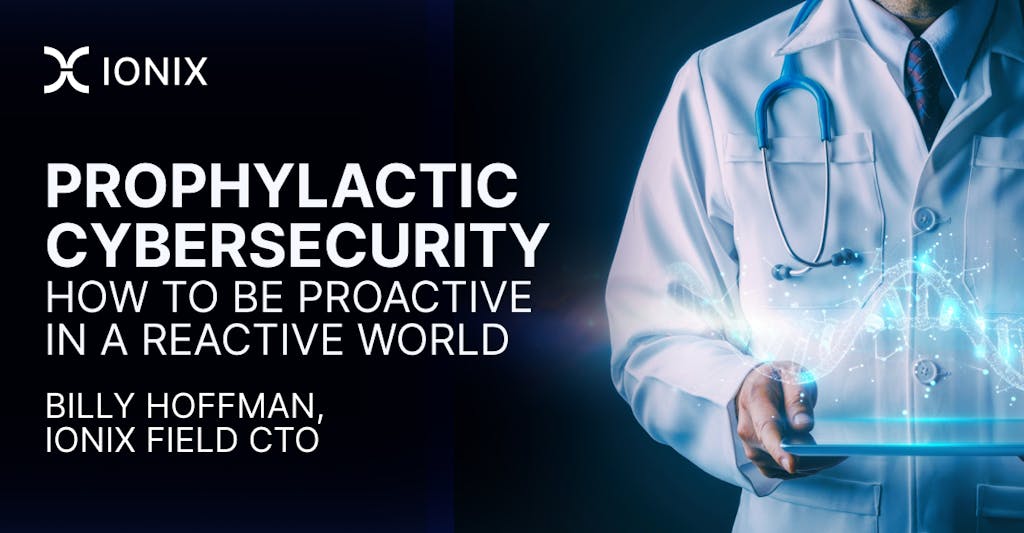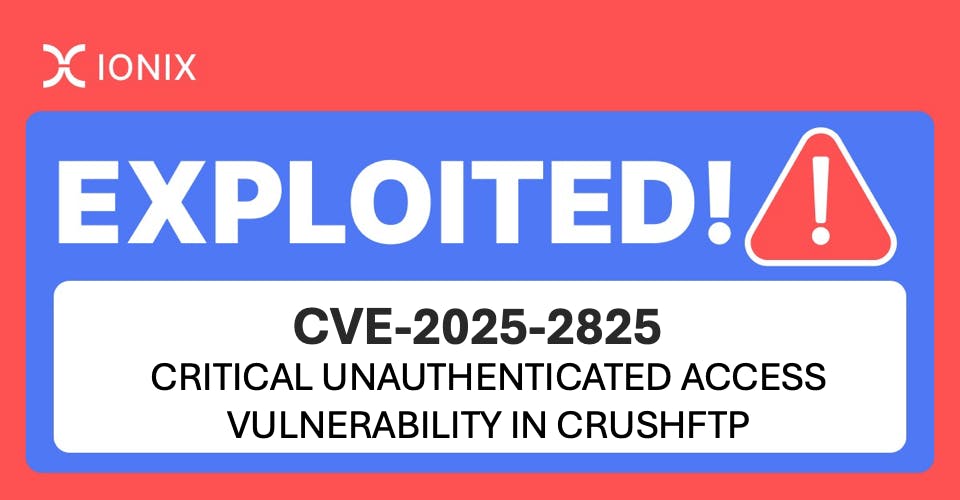Understanding Vulnerability Prioritization, Management & Remediation

What are your most important corporate assets? Like most companies, you probably have mission-critical assets and those that play a smaller role in your revenue and continuity. You are also likely to be using Vulnerability Management or Assessment tools to lock down where those assets can potentially be compromised. Vulnerability Prioritization combines asset importance and potential for risk. Vulnerability Prioritization is the process of evaluating your vulnerabilities and prioritizing them based on business impact (e.g., revenue impact or compliance regulations) and exploit the potential. It’s an often overlooked security procedure, but it’s essential to your risk management and overall data protection strategies.
In this article
Components of Vulnerability Prioritization
Vulnerability prioritization has several components that ensure any assessments you perform on your current environment are efficient and fully cover any gaps that could lead to oversights or mistakes. Oversights lead to data breaches, so any risk assessments you perform should be thorough. You might find several security issues during a review, but expertise is required to know how to prioritize vulnerabilities. When you build your own plan, make sure you have the following components in your processes:
- Vulnerability severity: A numeric value can be placed on a specific vulnerability. For example, SQL injection vulnerabilities allowing for unauthorized data disclosure could have a higher severity value than a deprecated internal application that is still active but available to only authorized users. Severities are categorized based on the impact on the business.
- Exploitability: Not every vulnerability is easily exploitable. An exploit with several bypasses would require more work from an attacker versus one with a single step for bypassing and exfiltrating data. Higher exploitable vulnerabilities with a high severity value are particularly critical for remediation. Not every vulnerability is open for real-world exploitability, but it’s a matter of whether it’s realistic.
- Asset criticality: Assets have their own importance to the business and must be prioritized. If an asset falls victim to a denial-of-service, will it impact revenue? Add asset importance to your prioritization to protect your most important mission-critical infrastructure.
- Patch availability: Security patch management is important for assets to protect against known vulnerabilities. Legacy infrastructure is often no longer maintained by developers, so it should be prioritized against infrastructure with readily available patches and update deployments. Third-party supply chain vulnerabilities are out of reach for your local security.
- Contextual factors: Not all vulnerabilities have the same contextual information. As you prioritize vulnerabilities, other contextual factors, such as compliance regulations and business-based prioritization, should factor into your plan for remediation. For example, SQL injection vulnerabilities might depend on database configurations and the engine that you use.
Workflow of Vulnerability Prioritization
Several workflow components go into a complete review and identification of cyber-risks. Vulnerability prioritization is one of these components, but you must first know that vulnerabilities exist before prioritizing them. This entire process can take months for particularly large environments, but here are the five workflow elements for assessing your digital assets and potential vulnerabilities:
- Identification: When organizations begin the process of risk assessment, the first step is to identify them and take an inventory. This step requires a professional familiar with scanning the environment for vulnerabilities. The way your environment is scanned depends on your organization and your choice of tools. Sometimes a consultant will scan the environment similar to an attacker after speaking with stakeholders to determine their goals and a brief description of the infrastructure.
- Classification: Vulnerabilities have their own categorization set forth by experts to help organizations understand their severity. Classifying vulnerabilities involves placing a severity level on them, defining their exploitability, and the importance of the assets they could affect.
- Prioritization: Prioritizing vulnerabilities lets you first address and remediate the most critical issues posing a threat to important infrastructure. By prioritizing vulnerabilities, you can create a plan of action to remediate them in a systematic manner.
- Remediation: Efforts to remediate vulnerabilities depend on the type of vulnerability and its exploitation potential. It’s also important to prioritize remediation efforts based on asset criticality. Remediation could take considerable time or it can be a quick fix. You can also have more than one possible remediation strategy for a single vulnerability management case. For some organizations, the cost to remediate a vulnerability is more than the cost if it’s exploited, so it’s more cost-effective to accept the risk and not remediate it. This is a company decision after stakeholders are made aware of the potential risks.
- Validation: You must validate that remediation was effective, so a round of validation to ensure that the vulnerability was remediated is necessary. If re-testing fails, then you must go back to the remediation step and re-test it again.
It’s important to note that penetration testing for vulnerabilities might be performed in the future, so your list of vulnerabilities might change. Threat prioritization might change as the cybersecurity landscape changes. Changes to infrastructure could also reopen an already remediate vulnerability. The process of cybersecurity risk assessment and remediation is continual and not a one-time process.
Addressing False Positives
Automated scans sometimes return false positives. These false positives must be identified before you spend too much time and money chasing inaccuracies. After a vulnerability is identified, additional automation tools can be used to run validation checks. Manual review might also be necessary for vulnerabilities with more sophisticated exploit requirements. The goal for this step is to avoid expensive remediation procedures when they aren’t necessary.
To ensure that you don’t need this step for the same vulnerability, documentation should be performed on every false positive. When you have another vulnerability assessment, you no longer need to validate and review potential false positives. This saves time and money on future security scans and alerts too.
Challenges in Creating a Vulnerability Prioritization Framework
Even a small vulnerability assessment and prioritization project can be overwhelming if you’ve never done it before. Small environments often don’t have the staff to perform an assessment, and large enterprise environments might have thousands of assets to review and prioritize. Most consultants will automate and collect data based on vulnerability scans, and the data returned can be overwhelming if it isn’t parsed into easily understandable actionable information. Large volumes of data should be fed to visualization tools or categorized for easy digestion for stakeholders to understand the importance of prioritizing and remediating issues.
Some vulnerabilities are complex to fix, and small or medium-sized businesses might not have the resources and staff to help. Consultants can also help with this issue, but remediation requires collaboration between developers and operations staff. In addition, staff must understand the remediation steps and any changes that must be made to avoid the same mistake in the future.
Objectives for most businesses are to avoid the cost of a data breach and damage to brand reputation, but remediation of vulnerabilities must not negatively impact the business. This challenge is particularly difficult if the business and remediation processes don’t align. For example, remediation of social engineering might be a change in the way staff handles customer requests. Staff might be asked to take the extra step in validating requests, which could add time to procedures. Some stakeholders might push back on new changes, so remediation takes a collaborative effort.
The cybersecurity landscape is always changing, so it’s challenging for businesses to adapt. Adapting to changes is important, though, to avoid a data breach from newer threats. For example, phishing attacks are always changing, but it’s a primary attack vector. Businesses must always educate staff on phishing and social engineering to account for the latest attack strategies.
Best Practices
Before planning a risk assessment and vulnerability ranking system, you need a plan that incorporates best practices. It’s best to take an asset risk-based approach to your assessments to ensure that the most mission-critical infrastructure is protected from the latest threats. The CVSS (Common Vulnerability Scoring System) approach prioritizes based on the severity of a security issue, but you likely have other factors that are important to assess such as asset importance and blast radius.
Automation tools can save your business hours in testing time and identification of vulnerabilities. You still need human reviewers for certain issues, but automation will streamline testing for common vulnerabilities. For example, automation tools will quickly determine unnecessary open ports on firewalls both on-premises and in the cloud.
Cyber-risk experts will collaborate with stakeholders and provide information necessary for them to make decisions good for the business. They will also offer advice for continual improvement and knowledge sharing to help developers and operations people make changes to their procedures and avoid vulnerabilities in the future. Work with consultants who will improve the overall security posture of your organization and help guide you through the entire process of risk assessment, vulnerability prioritization, and remediation suggestions and testing.
Vulnerability Prioritization the IONIX Way
IONIX focuses on risk assessment, management, and collaboration with customers to improve their security posture and better protect their environment from data breaches. Our vulnerability assessment methodology for externally-facing assets includes our non-intrusive exposure validation for better risk prioritization.
Effective vulnerability remediation planning requires experts or your business might have a false sense of security. Let IONIX help you improve your security, better protect your data, and keep you compliant. Request a security scan from us or book a demo.






